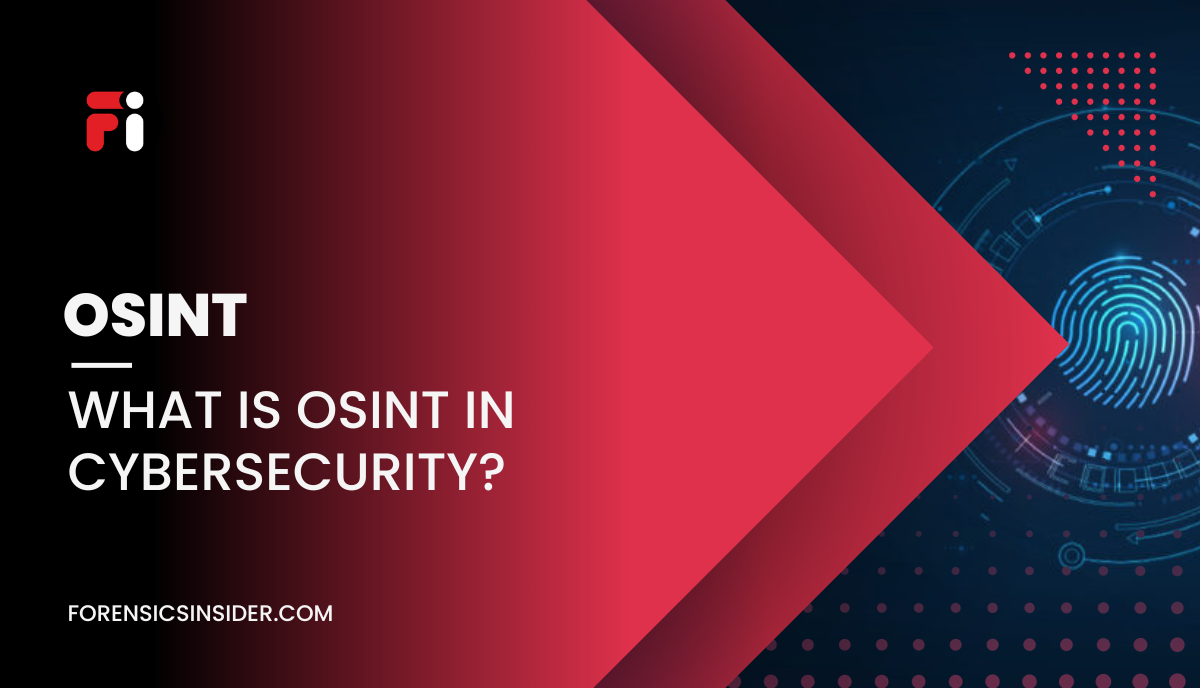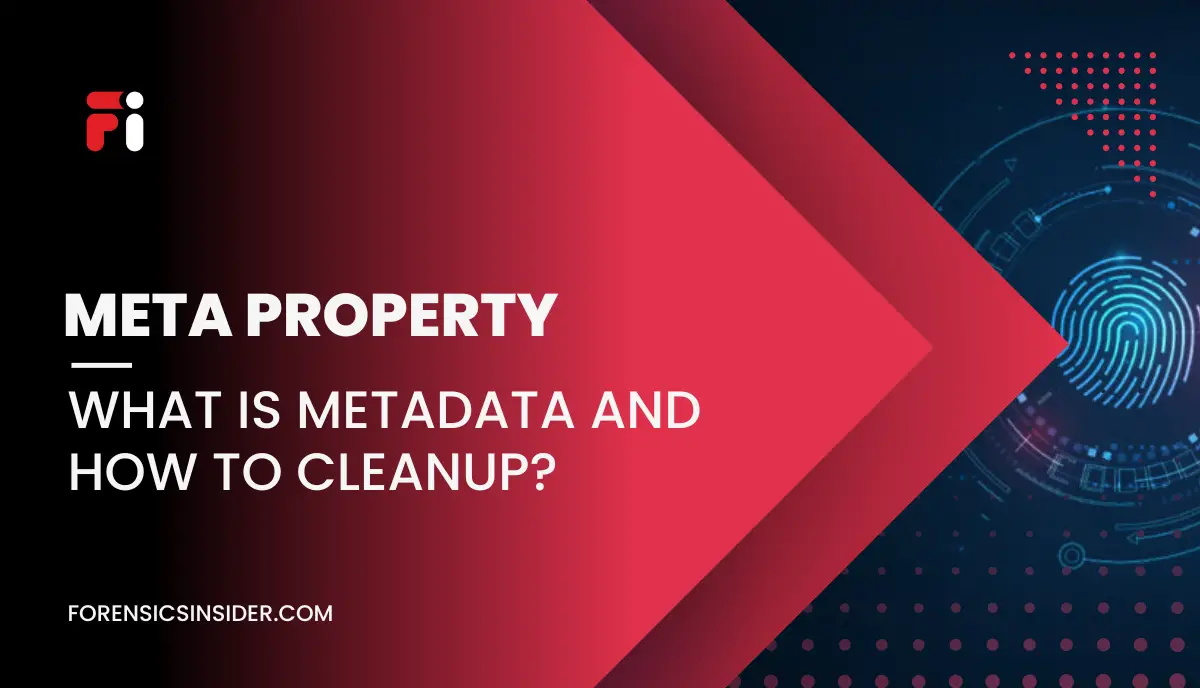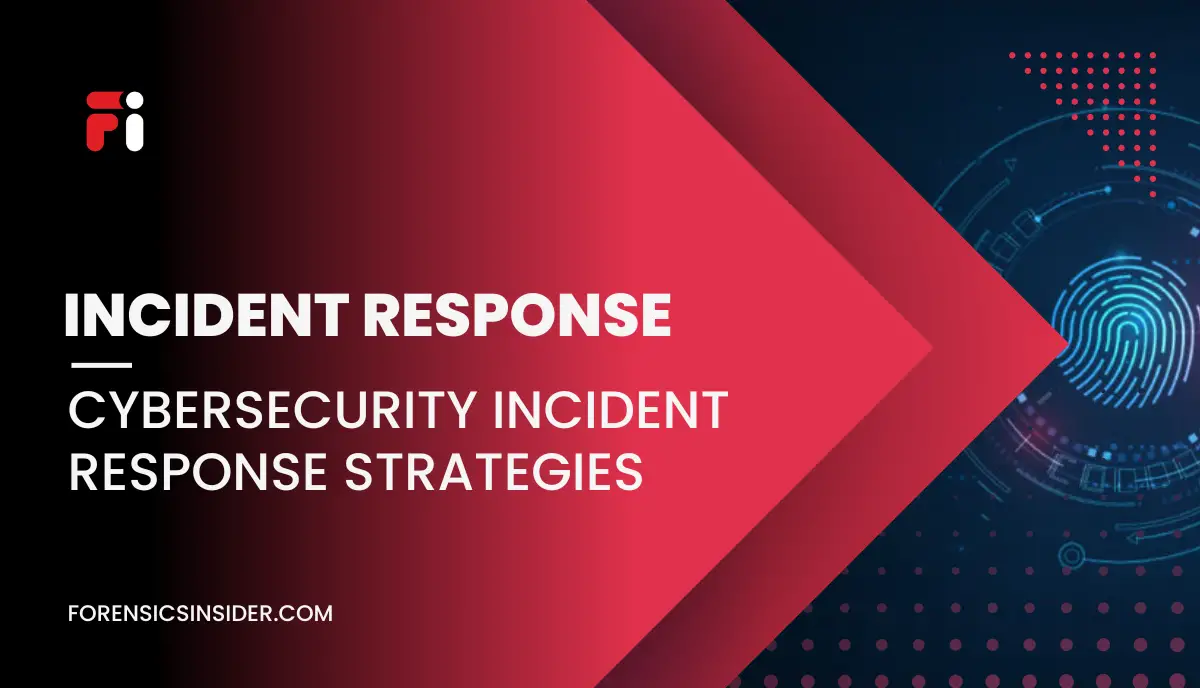In the realm of cybersecurity, Open Source Intelligence (OSINT) emerges as a pivotal force, playing a transformative role in fortifying digital security measures. OSINT serves as a powerful tool, harnessing information from publicly available sources to empower cybersecurity professionals in understanding and combating evolving threats. This article delves into the significance of OSINT, unraveling its multifaceted applications and how it contributes to a proactive defense against cyber adversaries.
As our digital world expands, so does the sophistication of cyber threats. In this dynamic landscape, Open Source Intelligence, or OSINT, emerges as a beacon of defense. OSINT involves the collection and analysis of information from publicly accessible sources, allowing cybersecurity experts to gain valuable insights into potential risks. In this introduction, we embark on a journey into the core of OSINT, exploring its relevance in the ever-evolving cybersecurity arena. Staying ahead of cyber threats is not just a strategy; it’s a necessity. Let’s uncover how OSINT becomes the linchpin in this ongoing battle, enabling us to proactively secure our digital frontiers.
What is Open Source Intelligence (OSINT)?
Open Source Intelligence, commonly known as OSINT, is a powerful methodology within the cybersecurity arsenal, designed to gather critical information from publicly available sources. This strategic approach enables cybersecurity professionals to comprehend potential threats and vulnerabilities, enhancing their ability to protect digital assets effectively.
Passive OSINT: Gathering Information Stealthily
Passive OSINT involves the discreet collection of data without direct interaction with the target. This method relies on the meticulous examination of publicly accessible information such as websites, social media platforms, and publicly available databases. By adopting a non-intrusive stance, cybersecurity experts can gather valuable insights without alerting potential adversaries. Passive OSINT serves as a silent observer, extracting information from the vast landscape of digital footprints left across the internet.
Active OSINT: Engaging Directly with the Target
In contrast, Active OSINT is a more hands-on approach that involves direct interaction and engagement with the target. This may include reaching out to individuals or entities, participating in online forums, or extracting information through interactive means. While Active OSINT requires a more assertive approach, it provides the advantage of acquiring real-time and targeted data. This method proves especially valuable when dealing with specific cyber threats or investigating potential security breaches. Active OSINT empowers cybersecurity professionals to glean information beyond what is readily available, delving deeper into the intricacies of potential risks and vulnerabilities.
How is OSINT Used in Cybersecurity?
Open Source Intelligence (OSINT) is a dynamic and versatile tool in the realm of cybersecurity, offering a myriad of applications to fortify digital defenses and mitigate potential risks.
Dark Web OSINT: Uncovering Hidden Threats
Delving into the clandestine realms of the internet, Dark Web OSINT allows cybersecurity professionals to uncover potential threats lurking in the shadows. By monitoring illicit marketplaces, forums, and encrypted communication channels, security experts gain insights into emerging cybercriminal activities, ultimately strengthening defenses against covert digital threats.
External Attack Surface & Cybersecurity OSINT: Assessing Beyond Boundaries
OSINT extends its reach beyond internal networks, enabling cybersecurity experts to assess the external attack surface. By scrutinizing public-facing assets, such as websites, domains, and exposed services, organizations can identify vulnerabilities visible to potential attackers.
Geopolitics & Cybersecurity OSINT: Analyzing Global Impact
Incorporating geopolitical intelligence into the cybersecurity strategy, OSINT allows organizations to analyze global events that may impact digital security. Understanding the geopolitical landscape aids in predicting potential cyber threats stemming from geopolitical tensions, ensuring a more comprehensive and adaptive cybersecurity posture.
Vulnerability Management and OSINT in Cybersecurity: Proactive Threat Mitigation
OSINT plays a pivotal role in vulnerability management by providing proactive insights into potential weaknesses. By continuously monitoring public information sources, cybersecurity professionals can identify emerging threats and vulnerabilities, allowing organizations to patch or mitigate risks before they are exploited by malicious actors.
OSINT, Google Dorks, and Targeted Cyber Attacks: Precision in Search Techniques
The integration of OSINT with Google Dorks—the use of advanced search operators—enhances the precision of cybersecurity investigations. This technique enables security professionals to conduct targeted searches, uncovering specific information relevant to potential threats.
Incorporating OSINT into cybersecurity practices empowers organizations to stay ahead of threats, providing a proactive and comprehensive defense strategy against the ever-evolving landscape of digital risks.
Cybersecurity, the OSINT Lifecycle & “Finished Intelligence”
Open Source Intelligence (OSINT) is a systematic process within cybersecurity, evolving through distinct stages to transform raw data into actionable insights. The OSINT lifecycle encompasses five crucial stages, each contributing to the generation of “Finished Intelligence.”
Stage 1: OSINT Source Identification
The OSINT journey commences with Source Identification. Cybersecurity professionals strategically identify relevant sources of information, both online and offline, that might yield valuable insights. This stage lays the foundation for comprehensive data collection by pinpointing potential channels and repositories for OSINT exploration.
Stage 2: Cybersecurity OSINT Data Collection
With sources identified, the next stage involves the systematic collection of OSINT data. This encompasses the extraction of information from publicly available platforms, databases, social media, and other accessible channels. The aim is to gather a broad spectrum of data relevant to the cybersecurity landscape, setting the stage for detailed analysis in subsequent stages.
Stage 3: OSINT Data is Processed & Contextualized
Once the data is collected, it undergoes processing and contextualization. This involves organizing and structuring the information to extract meaningful insights. Contextualization ensures that data is understood in its relevant environment, allowing cybersecurity professionals to grasp the significance of each piece of information within the broader context of potential threats.
Stage 4: OSINT Analysis
Analysis is a critical phase where the processed data is scrutinized for patterns, anomalies, and potential indicators of cyber threats. Cybersecurity experts apply various analytical techniques to uncover hidden connections and assess the credibility of the information. This stage transforms raw data into actionable intelligence, guiding decision-making in the face of evolving cyber risks.
Stage 5: OSINT Finished Intelligence
The culmination of the OSINT lifecycle is the production of Finished Intelligence. This represents the refined, analyzed, and actionable output derived from the preceding stages. Finished Intelligence provides a comprehensive view of potential threats, offering strategic insights that empower organizations to make informed decisions and implement effective cybersecurity measures.
Understanding and embracing the OSINT lifecycle equips cybersecurity professionals with a structured and systematic approach to intelligence gathering. By progressing through these stages, organizations can harness the power of OSINT to enhance their cyber resilience and respond proactively to emerging digital threats.
Cybersecurity OSINT Isn’t a One-Way Street
In the dynamic landscape of cybersecurity, Open Source Intelligence (OSINT) stands out as a two-way thoroughfare, embodying an interactive and continuous loop that goes beyond a linear process. Unlike a one-way street, where information flows unidirectionally, cybersecurity OSINT involves a perpetual exchange, fostering a dynamic synergy between information gathering, analysis, and practical application.
Information Gathering: A Constant Vigil
The journey begins with an unceasing commitment to information gathering. Cybersecurity professionals employ a diverse array of tools and techniques to extract data from open sources. This ongoing vigilance ensures that the intelligence pool remains rich and relevant, continuously feeding the OSINT pipeline.
Analysis: The Crucible of Understanding
As the gathered information flows into the analysis phase, it undergoes scrutiny, interpretation, and synthesis. Cybersecurity experts delve deep into patterns, anomalies, and relationships within the data. This analytical crucible is not a one-time event but a persistent process, evolving alongside emerging cyber threats and adapting to the ever-changing digital landscape.
Application: A Proactive Defense
The insights derived from OSINT analysis are not dormant findings but catalysts for proactive defense. The application phase involves translating intelligence into concrete actions—patching vulnerabilities, fortifying defenses, and fine-tuning security strategies. This proactive approach ensures that organizations stay ahead of potential threats, rather than merely reacting to them.
Continuous Loop: Adapting and Evolving
Crucially, the OSINT process does not conclude with application; it seamlessly loops back to the information gathering stage. This continuous cycle acknowledges that cybersecurity is an ever-evolving field, requiring constant adaptation to emerging threats. The feedback loop ensures that the intelligence-gathering methodologies are refined, keeping pace with the dynamic nature of cyber risks.
In essence, cybersecurity OSINT isn’t a static or one-time endeavor—it’s a dynamic, interactive loop. This two-way street underscores the importance of a perpetual commitment to gathering, analyzing, and applying intelligence. By embracing this cyclical nature, organizations can establish a robust and adaptive cybersecurity posture that effectively navigates the complexities of the digital threat landscape.
FAQs Section
Q1: What is the primary purpose of OSINT in cybersecurity?
Open Source Intelligence (OSINT) in cybersecurity serves as a critical tool for gathering information from publicly available sources. Its primary purpose is to enhance threat intelligence, fortify defenses, and proactively mitigate potential risks.
Q2: How does OSINT differ from other cybersecurity approaches?
Unlike traditional cybersecurity methods, OSINT relies on information gathered from open sources such as the internet, social media, and public databases. It provides a holistic view by incorporating external data, enabling a more comprehensive understanding of potential threats.
Q3: Is OSINT only relevant to large enterprises?
No, OSINT is applicable to organizations of all sizes. Small and medium-sized enterprises can leverage OSINT to bolster their cybersecurity defenses, gaining valuable insights into potential risks and vulnerabilities without the need for extensive resources.
Q4: Can OSINT be used for proactive threat mitigation?
Absolutely. OSINT allows for the identification of vulnerabilities and potential threats before they manifest. By continuously monitoring open sources, organizations can proactively address security gaps and fortify their digital perimeters.
Q5: Is OSINT legal and ethical?
Yes, when conducted within legal and ethical boundaries. OSINT relies on publicly available information, and ethical practitioners adhere to privacy and legal regulations. It is a lawful and valuable practice when conducted responsibly.
Conclusion
In conclusion, Open Source Intelligence (OSINT) emerges as a formidable ally in the ever-evolving landscape of cybersecurity. Throughout this exploration, we’ve uncovered the multifaceted applications of OSINT, from uncovering threats in the Dark Web to its integral role in vulnerability management. The OSINT lifecycle, with its stages of source identification, data collection, processing, analysis, and finished intelligence, provides a structured framework for effective cybersecurity practices.





